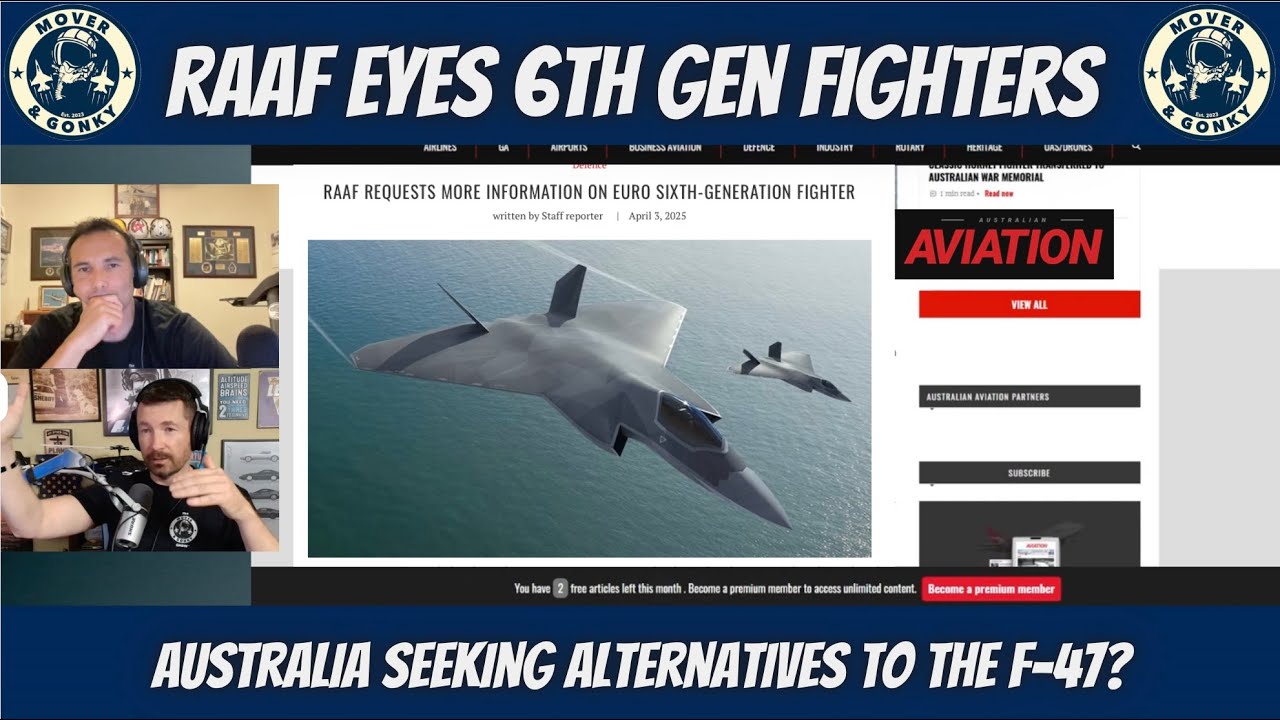For years, only the U.S. and British navies had the ability to launch Tomahawk cruise missiles. But thanks to China acting like it wants to take over the Pacific, Australia can fire them, too.The HMAS Brisbane, a Royal Australian Navy Hobart-class destroyer, is taking part in what the RAN dubbed an “interchangeability deployment.” It’s happening off the coast of California, and that’s where the RAN joined the history books as one of three nations to launch a Tomahawk land-attack cruise missile from a naval vessel.The Tomahawk struck a land-based target, and in doing so, Australia’s deputy prime minister says it showed the strength of the alliance between the U.S. and Australia. It will also change the calculus for any potential aggressor so that no state will ever conclude that the benefits of conflict outweigh the risks.So what makes the Tomahawk so special? A number of things.For starters, its range. The powerful engine and wings mean this cruise missile can hit targets at least 1,000 miles away. It also has a fairly stealthy profile and flies extremely low to avoid detection.The missiles use advanced guidance systems, such as terrain mapping. They can get updated target information mid-flight and loiter, which means they can circle around in the air and wait for a target before striking.Tomahawks can hit things on land or at sea. The missiles can also carry several different warheads, depending on the mission.Australia is buying 200 Tomahawks, which will, of course, be deployed on the Hobart-class destroyers and its nuclear-powered submarines. These submarines have yet to be built but are part of the AUKUS defensive agreement between the U.S., UK, and Australia. We’ve reported on AUKUS before, so if you want more details, check out the Straight Arrow News archives and search “AUKUS,” or click here.While the club of Tomahawk-toting navies sits at three right now, it will soon include a fourth: Japan.The Japanese Self-Defense Force is going through plenty of its own changes because it also doesn’t want to see China take over the Pacific. So, among the many weapons procurements Japan signed recently, there is a deal to buy 400 Tomahawks.The buildup in force by U.S. allies is part of a coordinated plan to try to deter Chinese military action or snuff it out if it comes to that.So, let’s take a look at how that strategy is playing out. Here we have Australia with its new supply of Tomahawk missiles. In addition to its navy, Australia’s ground forces also train with their U.S. counterparts.So does the Philippines. The relationship between the U.S. and Filipinos is very strong. The U.S. has several military bases there. The Philippines is called an aircraft carrier that you can’t sink because of all the islands that make up the nation.Of course, we have Taiwan, which China wants to reunite with by force if necessary. Taiwan also produces most of the world’s microprocessors, which is part of what makes it so strategically important.And then there’s Japan, which we just mentioned is buying Tomahawks. So Australia, the Philippines, Taiwan, Japan and South Korea–together they form the first line of defense, so to speak, to keep China locked in what’s called the First Island Chain.Backing up all those resources is Guam. The small but strategically vital island is home to all sorts of U.S. military personnel and technology. Those bases help monitor and coordinate any action against the Chinese, again, if it comes to that.By arming themselves to the teeth, U.S. allies in the Pacific are hoping to show the Chinese any fight they want to start isn’t worth having.

Australia can now fire Tomahawk cruise missiles. Take note, China
(Visited 2 times, 1 visits today)



